Similar to snow globes, terrariums are glass containers that hold a small world inside. They contain a miniature ecosystem within them full of plants and soil, making up a self-sustaining environment. They are sealable containers that require little to no maintenance depending upon the type of terrarium and the plants it contains.
For those of you who want a garden but live in small places, terrariums are excellent. They make excellent additions to any house or office because they are low maintenance, space-saving, and just plain gorgeous.
We all want our plants to live long and be healthy, and just like that, you must be wondering how long your terrarium can last, whether it is full of low-light terrarium plants, plants that need an arid atmosphere, or plants that can survive in enclosed spaces with access to loads of light and sun.
Types of Terrariums Plants
There are several types of terrariums, each designed to replicate specific environmental conditions and support different types of plants or themes. Here are some common types of terrariums
1. Closed Terrarium
Closed terrariums are fully sealed containers that create a self-sustaining ecosystem. They have a lid or cover that traps moisture inside, allowing water to evaporate and then condense, effectively recycling moisture. Closed terrariums are suitable for tropical plants, mosses, and ferns that thrive in high-humidity environments.
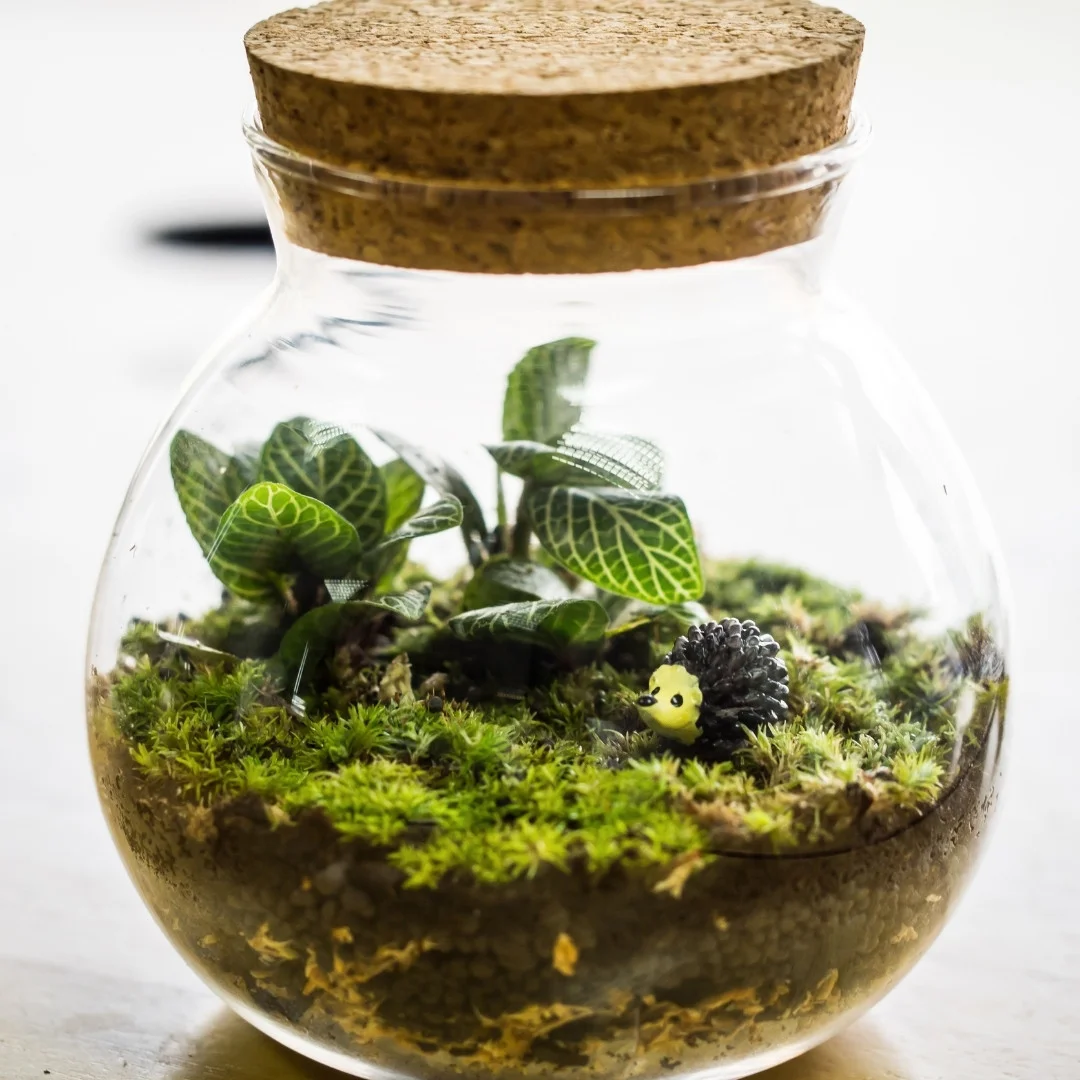
2. Open Terrarium
Open terrariums have no lid or cover, allowing air circulation and maintaining a drier environment than closed terrariums. They are ideal for plants that require less humidity, such as succulents, cacti, and air plants (Tillandsia).
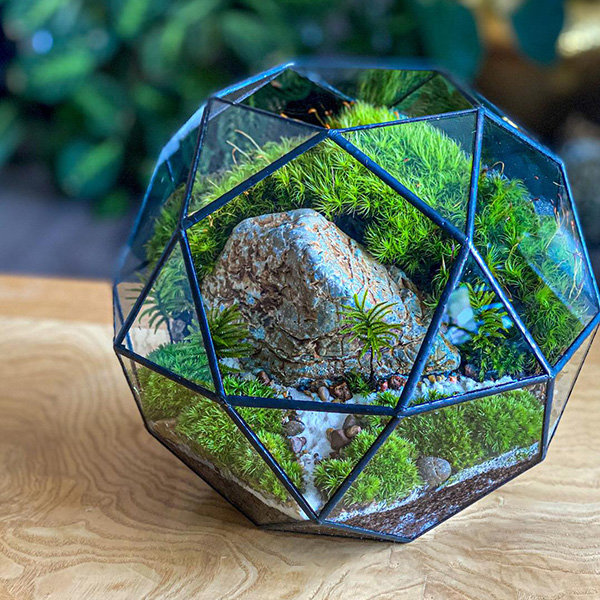
3. Desert Terrarium
Desert terrariums are designed to mimic arid desert conditions. They typically feature succulents and cacti and require well-draining soil and minimal watering. The container is often left open to provide ample airflow.
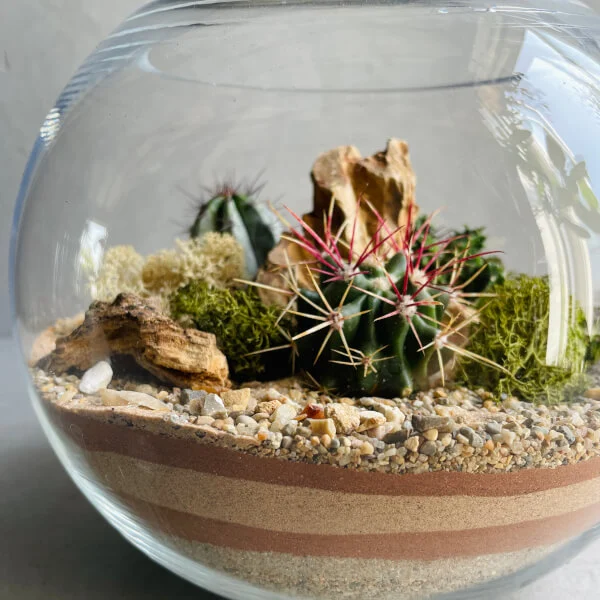
4. Moss Terrarium
Moss terrariums primarily feature various types of moss. Mosses thrive in low-light conditions and high humidity, making them well-suited for closed or open terrariums. They create a lush, carpet-like appearance.
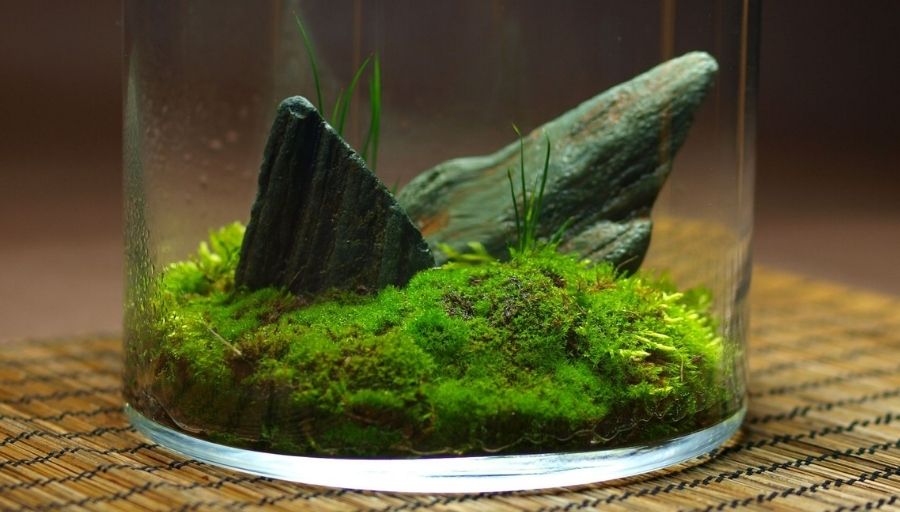
5. Tropical Terrarium
Tropical terrariums house plants that prefer warm and humid conditions. They can include a variety of tropical plants, such as ferns, begonias, and orchids. These terrariums typically require high humidity and indirect light.
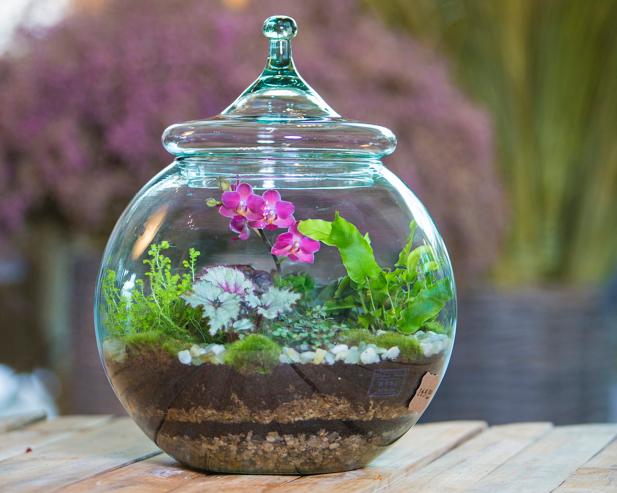
Understanding the needs of the plants you choose is key to maintaining a healthy and thriving miniature ecosystem.
How Long Can a Terrarium Last?
Under the best conditions, theoretically, a terrarium can last for decades. The oldest terrarium is 53 years old!
Realistically, terrariums can last from 4 months to up to two years if properly managed. Perhaps a bit longer, too. However, it is impossible to figure out a fixed lifespan for a terrarium.
There are too many dynamic components in a terrarium. The soil is often not of good quality, lacking nutrients, biodiversity, and microorganisms, and many terrariums often rot.
It is perfectly alright if your terrarium lives a short life. They are unpredictable. All you can do is ensure you provide the best possible conditions required.
Here are some tips to help you maintain a healthy and thriving terrarium!
1. Monitor Light Conditions
Place your terrarium in an appropriate location based on the types of plants it contains. For example, most tropical terrarium plants prefer indirect or filtered sunlight, while succulents and cacti need bright, direct sunlight. Adjust the location of your terrarium to ensure it receives the right amount of light.
2. Control Humidity
Closed terrariums create a humid environment, while open terrariums are drier. For closed terrariums, ensure that condensation forms and recycles moisture properly. Open terrariums should be misted periodically if needed to maintain humidity.
3. Watering
Avoid overwatering, as excess moisture can lead to mold and fungal growth. Water your terrarium sparingly and only when the soil surface appears dry. Use a spray bottle to mist the plants and soil or pour water gently along the sides of the container to prevent waterlogging.
4. Pruning and Trimming
Trim or prune your plants regularly to control their size and shape. Remove any dead or yellowing leaves, as they can invite pests and diseases.
5. Fertilizing
Most terrariums don’t require frequent fertilization because they are relatively closed ecosystems. However, if you notice signs of nutrient deficiency (e.g., yellowing leaves), you can use a diluted, balanced, liquid fertilizer sparingly during the growing season.
6. Air Circulation
Closed terrariums may require occasional ventilation to prevent excessive condensation and mold growth. Open the lid briefly every few weeks or whenever condensation becomes too heavy.
7. Cleaning
Clean the inside of the glass or container occasionally to remove any algae or mineral deposits. You can use a mixture of water and white vinegar for this purpose. Make sure to rinse thoroughly and allow the terrarium to dry completely before sealing it again.
8. Rotate the Terrarium
If you notice that your plants are leaning toward the light source, rotate the terrarium occasionally to encourage even growth.
Conclusion
Terrariums make attractive and low-maintenance decorative pieces, and they are an excellent way to bring a piece of nature indoors. They come in various styles, including open, closed, desert, and tropical terrariums, allowing you to create unique and fascinating miniature landscapes.
Remember that different types of terrariums may require slightly different care routines based on the specific plants and conditions. Always research the care requirements of the plants you have chosen and decide your maintenance routine accordingly.
Proper care and attention are needed according to the specific needs of your chosen plants. This will increase the lifespan of your terrarium.

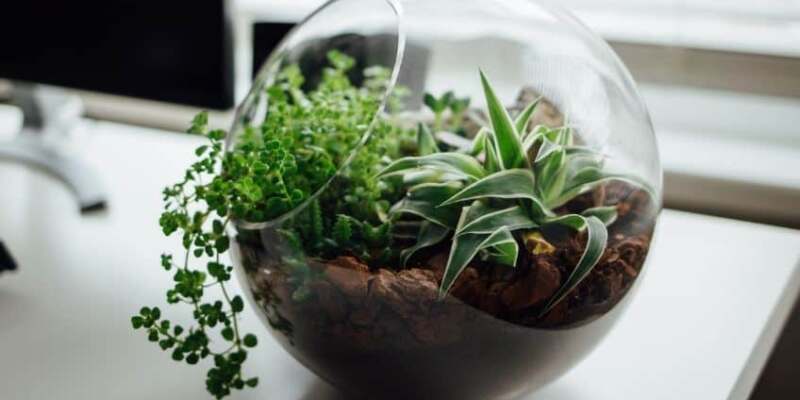

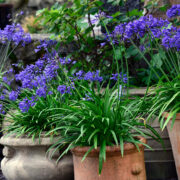
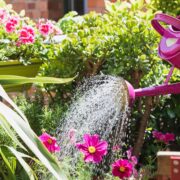
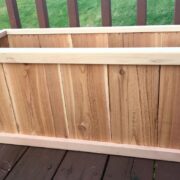
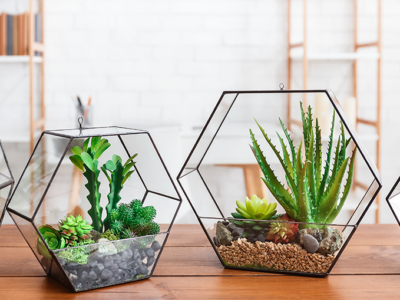
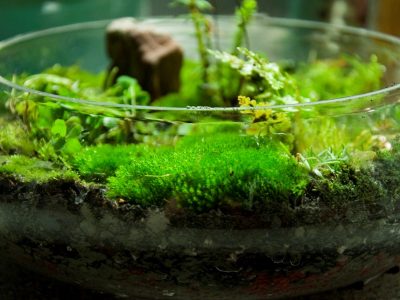
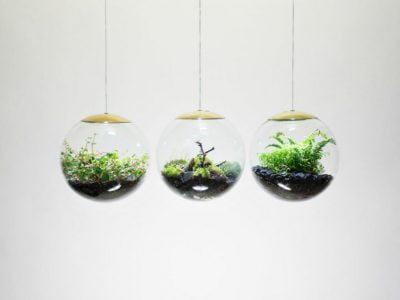
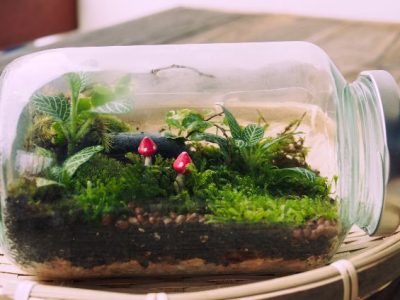



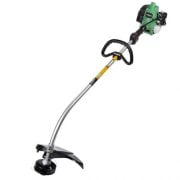
Comments